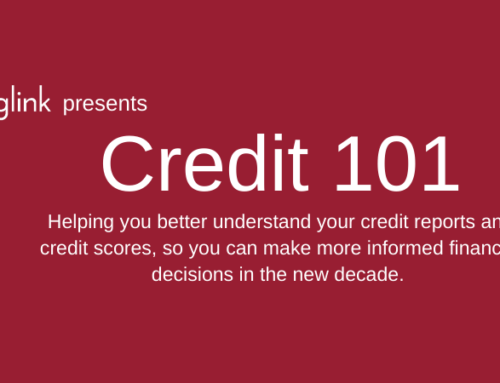David Lereah, Chief Economist for the National Association of Realtors, and author of the book The Rules for Growing Rich, predicts credit scoring will play an even bigger role in lending in the years ahead.
Luckily, consumers now have fairly easy access to their credit scores. As of last December, consumers could log online to www.QSpace.com, and purchase a copy of their credit report (data supplied by Equifax) and a credit score modeled on the FICO credit score. The cost? $11.90.
Now there’s another choice. As of mid-March, you can log onto myFICO.com and for $12.95 purchase your credit history (data supplied again by Equifax) and your FICO score. Created by Fair, Isaac & Co., the FICO score is the credit scoring system used by 75 percent of mortgage lenders.
The information provided by myFICO.com along with your credit report and credit score is fairly extensive. It explains how credit scoring works, and why credit scores may be different if pulled from other credit reporting bureaus like Trans-Union and Experian.
More importantly, the information details the different categories of information that FICO scores evaluate. For consumers who are perplexed at how their decades-long financial lives can be boiled down to one three-digit number, the explanations are easy enough to follow.
When lenders consider whether or not you’re credit worthy, they start to evaluate your credit by looking at your bill payment history. What is your track record for paying bills. Do you pay them on time? Late? Not at all? Because studies have shown that how you’ve paid bills in the past is an excellent indication of how you’ll probably pay them in the future, lenders place a great deal of weight on your payment history.
Next, lenders look at how much money you currently owe. Conventional lenders like to see a debt-to-income ratio of 36. That means no more than 36 percent of your gross monthly income is used to pay all of your debt, including a mortgage, taxes, insurance, credit card or installment debt, car or school loans. Ideally, if you currently have a mortgage, you’ll spend no more than 28 percent of your gross monthly income on your housing debt.
Lenders are also interested in the length of your credit history. Let’s say you have no balances, no debts, and you never charge more than 70 percent of your maximum allowable limit on your charge cards — and you pay it off at the end of each month. If that’s you, but you’ve only had your charge cards for a few years, your credit score will likely be lower than someone who has the same credit history but has had the same charge cards for the past 25 years.
FICO scores also look at new credit. Are you taking on more debt? What kind of debt is it? How many different lenders have inquired into your credit in the past 2 years? Too many inquiries make lenders nervous and can lower your FICO score.
(There is a federally-mandated exception for inquiries made within 30 days of securing a home loan and 15 days of securing an auto loan. These, and your own personal inquiries do not negatively affect your credit score.)
Finally, the FICO score evaluates the different types of credit use. Is it a “healthy” mix of mortgage, credit cards, store cards and car loans?
While different categories of information are weighted differently, your credit score takes into account all of the information, rather than cherry-picking one category or another. Mortgage lenders look at other factors as well, such as your income, how long you’ve worked at your current job and the type of credit you are requesting, before deciding whether or not to give you a home loan.
Mike Cummins, vice president and general manager of consumer direct business at Equifax says a credit score is like a financial SAT, in that it gives a lender a snapshot view of your finances in a way that help them predict whether or not you’re going to be a good risk. But even if you don’t have a top score (approximately 93 percent of Americans have good enough credit to get a Grade A or A- loan, according to information provided by Fair, Isaac), there are some things you can do to improve your credit score.
First, check your credit report for errors. Then, establish or re-establish a record of on-time payments. Cancel all of your credit cards (in writing) except for two major cards, like a Discover Card, Visa, Master Card or American Express. Resist the urge to apply for new cards, unless there is a good reason. Never charge more than 70 percent of your maximum available credit. (For example, if your credit card has a $10,000 limit, try not to charge more than $7,000 during each billing cycle.)
Finally, make sure if you take on a debt, you can pay it. The fastest way to lower your FICO score is to have charge-backs, judgments, repossessions and even a bankruptcy show up on your credit history.
Published: Mar 26, 2001






Leave A Comment